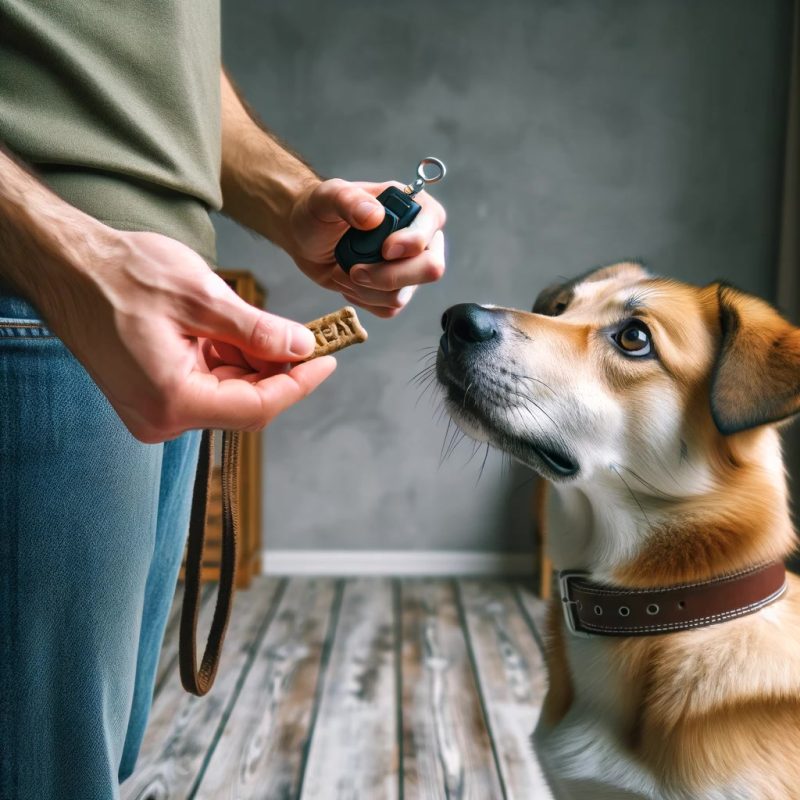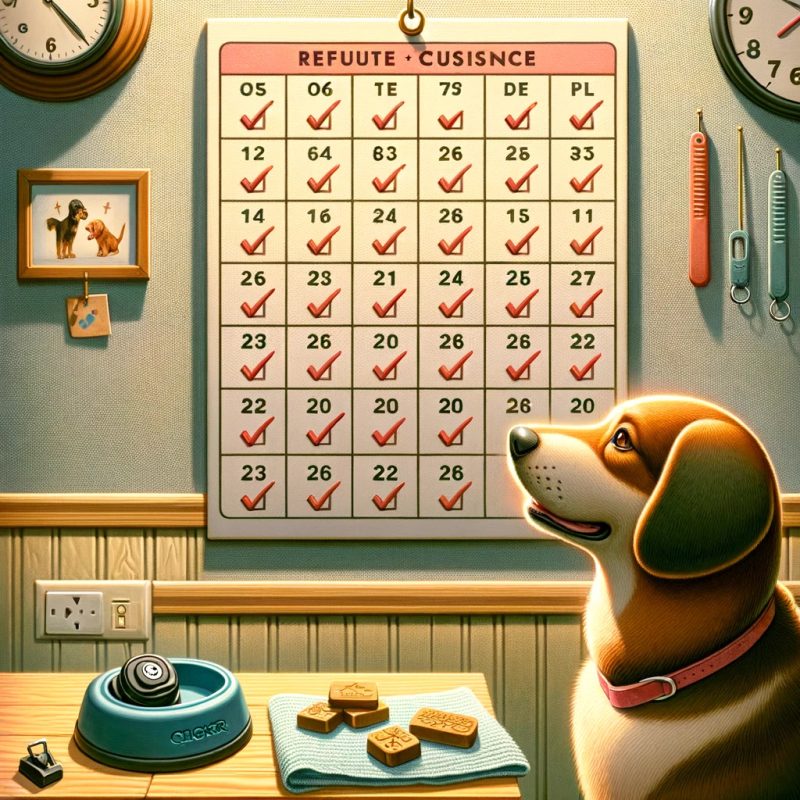Clicker training has emerged as a highly debated topic among dog owners and trainers alike, stirring a mix of opinions and techniques that range from traditional to innovative.
This comprehensive guide aims to demystify clicker training, providing clarity on its effectiveness, methods, and the ongoing debate surrounding its use.
Understanding Clicker Training: A Basic Overview

At its core, clicker training is a positive reinforcement method that uses a sound—a click—to mark the desired behavior at the exact moment it occurs.
The click sound is followed by a reward, usually a treat, signaling to the dog that it has performed correctly.
This technique leverages the dog’s natural desire for treats to encourage and reinforce positive behavior.
The Great Clicker Training Debate: Click and Treat vs. Click Without Treat

The heart of the clicker training debate lies in whether a click should always be accompanied by a treat.
Traditionally, it’s argued that every click must be followed by a treat to maintain the value of the click as a positive reinforcement signal.
However, an alternative viewpoint suggests that rewards can vary—ranging from treats to verbal praise or toys—especially in situations where treats are not readily available.
Some trainers even propose using the clicker without following up with a treat, relying on the anticipation of a reward to drive behavior.
This method, however, raises concerns about potentially diminishing the click’s value as a consistent marker for positive reinforcement.
Diverse Approaches to Clicker Training

The discussion around clicker training reveals a spectrum of approaches:
- Click Always Followed by a Treat: This method is based on the premise that consistency in rewarding with a treat maintains the click’s effectiveness as a positive reinforcement tool.
- Variable Rewards: Some trainers advocate for a flexible reward system where clicks are sometimes followed by treats and other times by different forms of rewards, arguing that this variety can keep the dog engaged and motivated.
- Click Without Immediate Treat: A less conventional approach involves using the clicker without a subsequent treat, relying instead on the dog’s anticipation of a reward. This method is controversial and seen by some as potentially confusing for the dog.
The Importance of Consistency in Dog Training

Regardless of the chosen method, consistency emerges as the critical factor in successful dog training.
Whether opting for the click-and-treat approach, incorporating varied rewards, or experimenting with click-only techniques, the key is to apply the chosen method consistently to avoid sending mixed signals to the dog.
Conclusion: Finding What Works Best for You and Your Dog

The debate on clicker training reflects the broader diversity of thought and practice within dog training.
Each dog and owner may respond differently to various methods, suggesting that there is no one-size-fits-all approach.
Experimenting with different techniques while maintaining consistency and positive reinforcement will help identify what works best for you and your dog, ensuring a happy and well-trained canine companion.
In the realm of dog training, open-mindedness, patience, and consistency are your best allies.
By understanding the principles behind clicker training and considering the various perspectives on its use, dog owners can navigate the debate and select the approach that aligns with their training goals and their dog’s needs.
from WordPress https://ift.tt/fXphtzD
